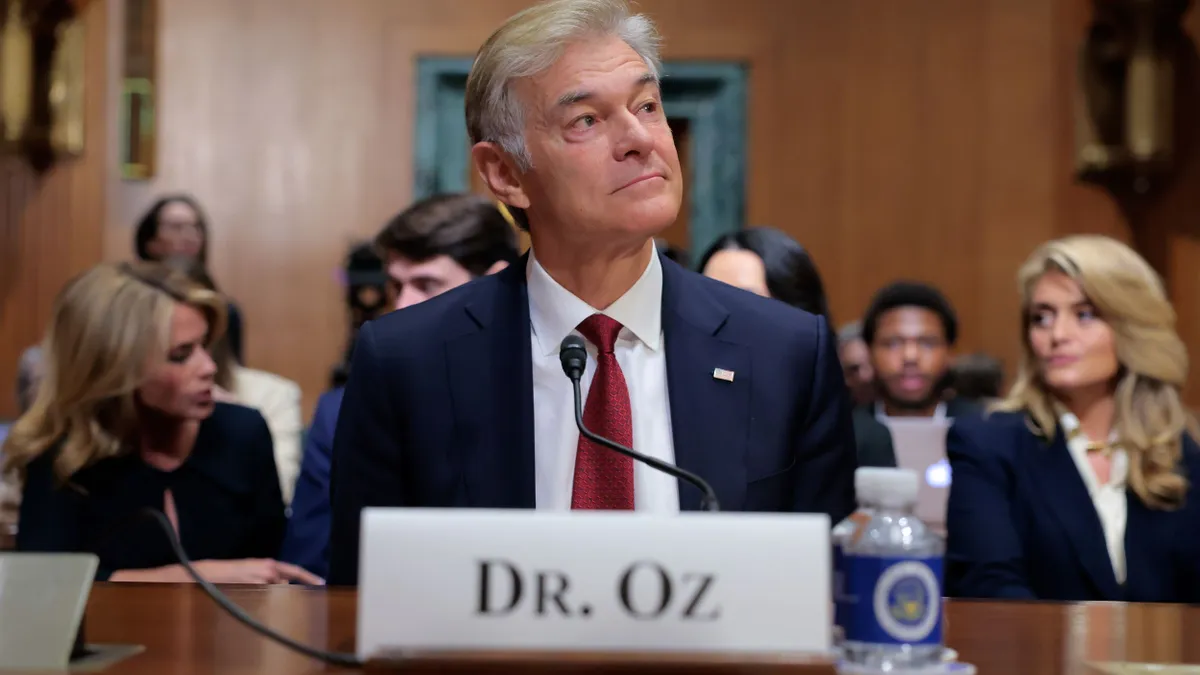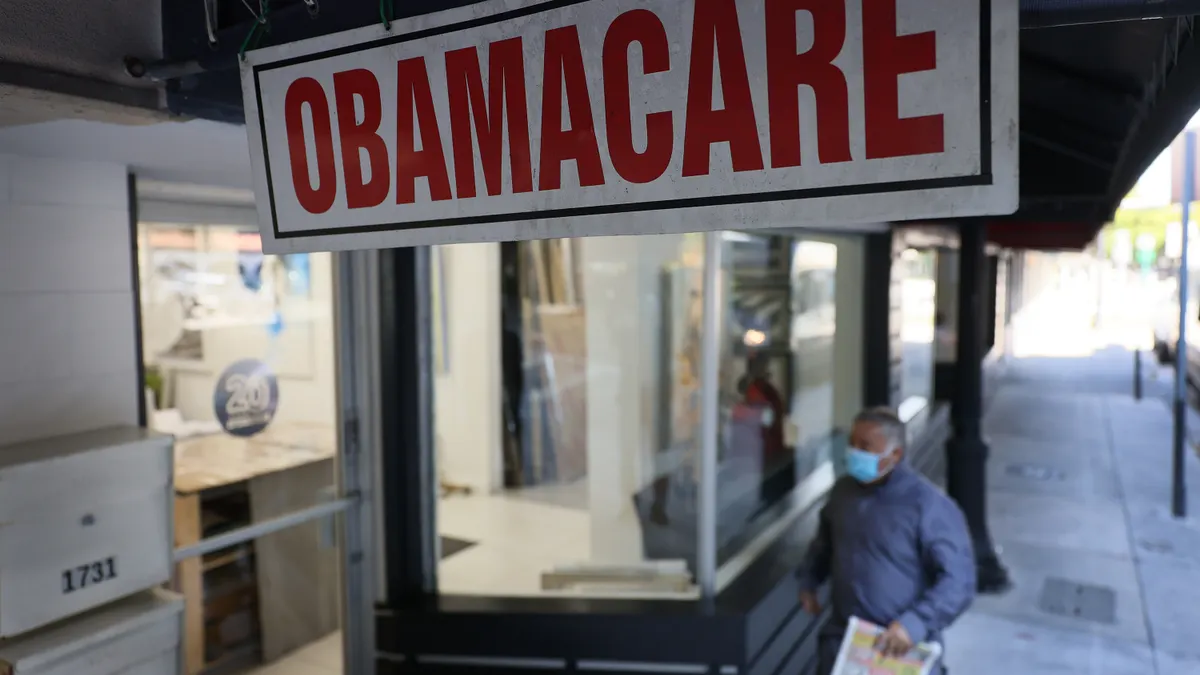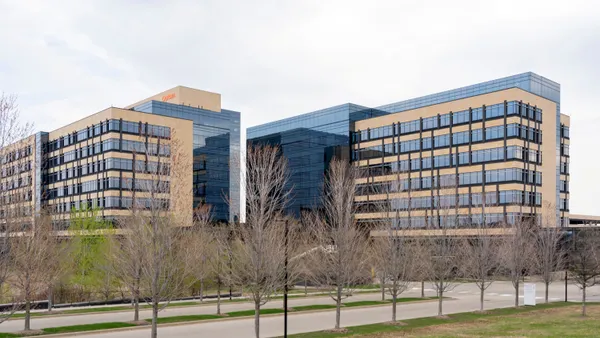Primary care physicians are often called the quarterbacks of healthcare because they coordinate and direct patients’ journeys through the medical system. On a typical NFL team, the quarterback is the highest paid player.
But in healthcare, that couldn’t be farther from the truth. Primary care physicians earn considerably less than many of their colleagues in other areas, a differential that’s led to doctor shortages and patient access problems.
Part of the issue lies with Medicare’s physician payment system, experts said during a Bipartisan Policy Center panel Wednesday.
Reimbursement to doctors in the massive federal insurance program is built on a collection of codes and services that don’t incentivize American doctors to improve their patients’ health, according to speakers. And since private insurers generally follow Medicare’s lead when it comes to setting payment rates, that’s contributed to systemic underinvestment in primary care.
On average, wealthy countries direct about 13% of their healthcare spending towards primary care. But the U.S. spends less than 5%.
“The future of primary care is at risk with access waning and provider burnout surging. Evidence and experts point to a root cause of this crisis — the broken payment system. We do not pay in effective ways, and we do not invest enough in primary care,” Corinne Lewis, the assistant vice president of delivery system reform at the Commonwealth Fund, said.
One solution is expanding value-based payment arrangements, which reward providers for improving patient outcomes instead of the quantity of services provided.
The healthcare system is moving in this direction, albeit at a snail’s pace: In 2023, more than 45% of all U.S. healthcare payments flowed through alternative payment models or in population-based payment arrangements, according to the Health Care Payment Learning and Action Network. That’s up from about 34% in 2018.
The growth is thanks in part to the CMS, which has introduced a number of value-based care models, including some directly targeted at primary care, amid enthusiasm from doctors about the arrangements.
Still, a survey from 2022 found just 46% of primary care physicians reported receiving any value-based payments. Financial barriers and documentation burden have put the shift out of reach for many. But signals that Congress and the Trump administration are interested in reprioritizing primary care and population health have some experts hopeful for reform.
“We have a reflexive cynicism that nothing can change, we’ve seen this before and we have to accept our expensive mediocre outcomes. And I would say that change starts with rejecting that comfortable, cynical position,” Dr. Asaf Bitton, the executive director of Brigham and Women’s Hospital’s health innovation lab and a medical professor at Harvard Medical School, said during the BPC event.
“We have A-plus evidence that fee-for-service is just not working for large swaths of our patient population,” Bitton added. “We know what we need to do next, and then it’s a question of will.”
Stumbling blocks for primary, value-based care
Almost 70 million Americans receive health insurance through Medicare, which pays out for physician services and other outpatient care through its Part B program. The program assigns rates for thousands of healthcare services based on the work that doctors put into them and the expenses that practices take on. The CMS updates rates for the following year each fall.
Physicians have a lot of gripes with this setup. For one, regulators are required to keep changes to the physician fee schedule budget neutral, so raises in one area have to be matched by cuts in another.
As a result, annual rate increases for doctors are nominal and lag behind inflation — and since specialty services like surgeries generally receive higher reimbursement, the requirement has stymied hiking payments for primary care.
Budget neutrality “is something that we’ve been struggling with for a very long time,” said Stephanie Quinn, the senior vice president of external affairs and practice experience at the American Academy of Family Physicians, during the BPC panel.
Congress usually steps in and raises Medicare rates for physicians each year to get around the budget neutrality problem. The “Big Beautiful Bill” passed in July included a 2.5% base pay hike for physicians next year. But waiting on Congress to allocate raises is stressful and, at best, yields a temporary fix, according to doctors, who say that the unpredictable payment makes it difficult for them to hire staff, make long-term investments or consider alternative payment arrangements.
“Without that predictability or stability you’re unable to cobble together the resources to be able to care for a population,” Quinn said.
Another issue is Medicare’s reliance on a unit called work relative value units, which measure the effort, resources and time that go into a service. Work RVUs are necessary for Medicare rate setting, but don’t take the value or usefulness of a specific service into account, according to Bitton.
The metrics are also created by an American Medical Association committee based on doctor survey data, which creates an inherent conflict of interest and may inflate payment for specialty services, critics say. The CMS isn’t required to accept the committee’s recommendations, but usually does.
“What’s not in the way that we define work in the Medicare fee schedule is that it’s not based on the necessity of the service, the quality of the services, the health outcomes of the service nor the cost of the service to society or to our patients,” Bitton said.
Patching up primary care
The challenge with primary care is that it isn’t measured in discrete units so it’s hard to accurately assign value, especially in a largely fee-for-service system like traditional Medicare. But value-based payment models still use the fee schedule as a reference point to determine the value of a bundle of services, so reforming the system will help move the industry towards paying for value, experts said during the BPC event.
“If you have distortion in that underlying structure, you’re going to be incredibly challenged to design a payment model that accurately and appropriately resources primary care,” Quinn said.
Medicare should consider tweaking how it measures the value of services, including work RVUs, to reprioritize primary care, speakers suggested. The CMS has already taken steps in that direction in the proposed fee schedule for 2026, much to the chagrin of specialty physicians.
Regulators could also use more data to determine the value of services beyond the AMA’s physician surveys, panelists said. Commissioning additional data in this area is one solution backed by the powerful Senate Finance Committee, which released bipartisan legislation last year to create more alternative payment arrangements for primary care providers.
The legislation, called the Pay PCPs Act, would also require the CMS to create a technical advisory committee to oversee the accurate determination of RVUs.
”This may sound like a very technical issue — how do we value physician services in this, and this is a bunch of physicians just saying they need more money — and it is actually way more serious and consequential,” Bitton said.
Lawmakers and regulators should also enact significant population-based payment models, and make them run over a longer time span. That will give doctors more financial certainty and confidence to invest in the infrastructure underpinning value-based care, said Dr. Barry Arbuckle, the president and CEO of Southern California system MemorialCare.
Increasing data exchange between different healthcare organizations would also give providers managing care for a patient population a clearer view into their needs, regardless of where services are provided.
Similarly, standardizing quality metrics in value-based models would significantly lower barriers to entering alternative payment models, Arbuckle said. Currently, federal and private payers use a variety of measures to track performance, creating an administrative headache for providers that scares many away from participating in value-based arrangements, according to the CEO.
“For a primary care physician or a provider organization to try to figure out, which depression measurement am I using to measure for this patient and what time frame do I use to look at remission — 30 days, 90 days, 120 days — it’s mind-boggling. And some will just say, ‘It’s too much work, I’m going back to the old fee-for-service methodology’,” Arbuckle said. “That’s not what any of us want. So we need to harmonize the measures and metrics as much as we can.”























